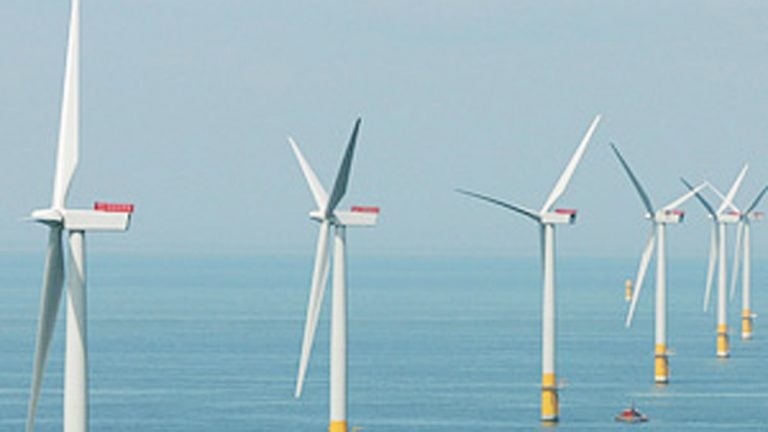Report: NJ making progress, but more to be done on climate change

New Jersey and the nation are making progress in reducing greenhouse-gas emissions contributing to global warming, but much more needs to be done to prevent climate change, according to a new report by an environmental group.
The report, by the Environment New Jersey Research & Policy Center, claims that state and federal policies underway across the country can reduce carbon pollution by 27 percent below 2005 levels by 2025.
Achieving those targets, however, depends on state and federal officials staying the course on policies leading to reductions in greenhouse gas emissions – primarily, continuing a shift to cleaner sources of producing electricity from renewables, such as solar and wind power, and more aggressive efforts to reduce energy consumption through energy efficiency.
At both the federal and state levels, some of those policies have been challenged in court or have yet to be implemented.
At the national level, the Obama administration has proposed a Clean Power Plan, already challenged in court by a number of states, which aims to dramatically reduce pollution from power plants — generally the largest source of greenhouse gas emissions.
New Jersey has set ambitious goals of its own for reducing greenhouse gas emissions by 20 percent by 2020 from 1990 levels. The Christie administration has frequently touted that it is on track to meet the 2020 target — a conclusion also reached by the Rutgers Climate Institute. Reducing greenhouse gas emissions by 80 percent (from 2006 levels) is going to be much harder to achieve.
In part, that is because of the three main ways the state said it would reach that latter goal have yet to be implemented, have been abandoned, or have met with minimal success, according to environmentalists.
These failed efforts have included the Regional Greenhouse Gas Initiative (RGGI), a multistate program to curb carbon pollution from power plants. New Jersey, once part of the effort, pulled out of the program during his first term, calling it ineffective and merely a tax on utility customers.
The state also is relying on a program to usher in cleaner-running vehicles in New Jersey as a way of helping to meet the global warming goals. Transportation is the biggest source of greenhouse gas emissions in the state. But the strategy, dubbed the low-emission vehicle program, has gotten off to a very slow start.
Finally, the state’s energy master plan aims to reduce greenhouse gas emission through a number of programs, some of which have yet to get off the ground.
Probably the most important of the proposals calls for generating at least 1,100 megawatts of power from offshore wind farms off the Jersey coast. But none of the wind farms have been built, making it extremely unlikely that the state will achieve that target by 2020 as the plan envisions.
In addition, the Clean Power Act — which faces legal action against it in the courts as well efforts to block it in Congress — could require a cut in greenhouse gas emissions of 43 percent by 2030. The Christie administration objects to the bill, saying it unfairly penalizes states like New Jersey, which already have taken steps to reduce carbon pollution.
“New Jersey has a long way to go to reach the mandates of the Global Warming Response Act, but the first step is to implement the law,’’ said Doug O’Malley, director of Environment New Jersey. “Gov. Christie might get accolades on the campaign trail for acknowledging climate change is real, but back in New Jersey, he actually needs to do something about it.’’
In the Legislature, there is also a pending bill S-2444, which would require that 80 percent of the state’s electricity come from renewable sources by 2050, but even its most ardent advocates do not believe that will happen anytime soon.
_________________________________________________________
NJ Spotlight, an independent online news service on issues critical to New Jersey, makes its in-depth reporting available to NewsWorks.
WHYY is your source for fact-based, in-depth journalism and information. As a nonprofit organization, we rely on financial support from readers like you. Please give today.




